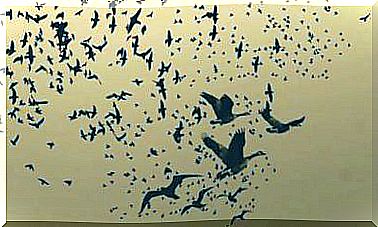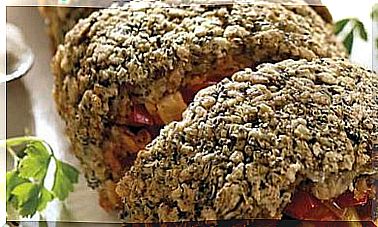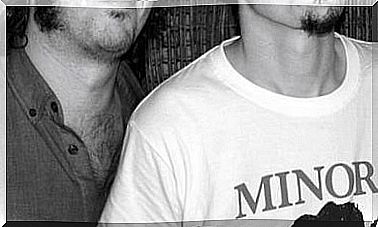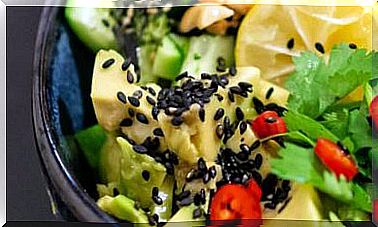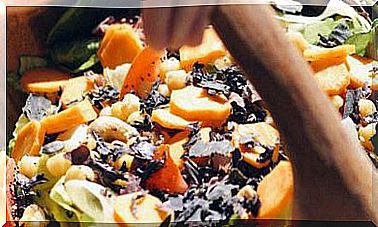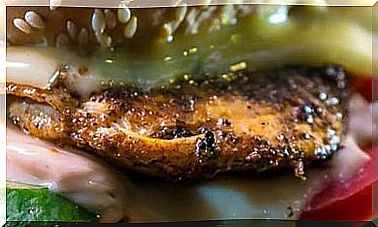Live The New Conscious Fashion
Healthy and life-friendly alternatives worth supporting, do you know them all?
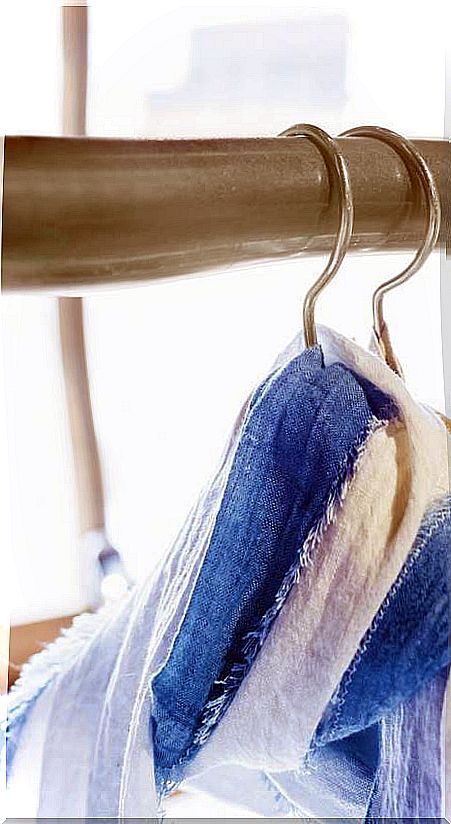
It is likely that some garment that you are wearing right now contains substances that are harmful to your health. It does not matter if it is expensive or cheap, if it is from a well-known brand or it is from a flea market. It may contain compounds such as ethoxylated nonylphenol and phthalates that alter the hormonal system and that may be at the beginning of the development of cancers and other diseases.
In children’s clothing. According to the Greenpeace investigation “Little monsters in your clothes”, which in 2014 analyzed up to 82 children’s clothes (T-shirts, shoes, swimsuits …), most contain dangerous chemical agents. 94% of printed garments contain phthalates and 61% nonylphenols.
Sports and unhealthy clothes. Waterproof footwear and clothing or sleeping bags, widely used by athletes who are not afraid of bad weather, are full of perfluorides, compounds that damage the liver and alter the reproductive and hormonal systems. On the other hand, these substances remain as pollutants in the environment for many years.
They dirty the environment. In addition to the negative effects on health, the textile and fashion industry causes a great environmental impact during the production and transformation of raw materials. For example, huge amounts of harmful pesticides are used to make cotton (7 of the 15 pesticides most used on cotton crops are known or possible carcinogens). Synthetic fibers, meanwhile, come from the polluting oil industry. Artificial fabrics in turn have a low capacity to allow perspiration and produce allergic reactions. Around 10% of the population suffers from an allergy to some type of synthetic fiber.
Human and animal rights
Exploitation and suffering. The textile industries are also the largest employers of child or adult labor in unfair conditions and, in the case of raw materials of animal origin, they are related to the suffering and unnecessary death of living beings.
The leather problem. China and India are the world’s leading producers of leather, which is often obtained and treated without respect for animal rights and causing a great impact on nature. Tanning is a highly polluting process: around 500 kilos of chemical products (chromium and other heavy metals, phthalates, etc.) are used to process a ton of rawhide and 85%, if not treated properly, ends pouring into the environment.
Clean and ethical clothing
Responsible consumption. It involves choosing garments and accessories free of toxic substances, with reduced environmental impact and manufactured in decent conditions.
Committed companies. The Detox Catwalk (“Detox Catwalk”, on the internet) is a permanent Greenpeace campaign that follows companies’ commitment to eliminating toxic substances from garments. 17 companies have already carried out actions in this regard. At the Detox Catwalk you can investigate the behavior of the main brands.
Ecological fibers. Ecologically produced vegetable fibers (cotton, linen, hemp, bamboo), which avoid the use of toxic substances, allow us to make all kinds of quality garments. The GOTS (Global Organic Textil Standard) certification is the main international guarantee that ecological methods have been respected in all phases of production. It even ensures that minimum social criteria have been met. In the case of wool, it also ensures that the shearing has been respectful. Other certifications are the IVN Best Natural Textile and the less demanding European “organic flower”.
From cellulose. The fibers obtained from wood are often presented as natural and ecological, but they are not all the same. Pollutant solvents are used to obtain rayon and viscose. In contrast, lyocell is cleaner in production.
The discovery of the Piñatex. Carmen Hinojosa knows the environmental problems of the leather industry well, since she worked there in the Philippines. There he saw that pineapple leaves were used in traditional costumes and it occurred to him to investigate the possibilities of this plant. The result has been a new fiber, Piñatex, with an appearance and properties similar to leather, and is used to create shoes, jackets or bags. Large companies have been interested in this new material. Fruitleather, obtained from fruit discarded at markets, is another alternative developed by students from Rotterdam.
Lifestyle
In addition to knowing the materials and companies that offer the most sustainable and ethical products, we can incorporate certain habits.
• Use the second hand. Used clothing is always more sustainable. You can find it in NGO stores, flea markets, vintage stores and digital bartering applications. The clothes that you do not wear can be exchanged or given as gifts.
• Do it yourself. In magazines and the internet you will find tutorials to make your own clothes and dress your fashion. Remember that clothes can also be fixed when torn or changed in size.
• Buy recycled. If you consider that the best option is a garment made of synthetic material, derived from petroleum, choose brands that use recycling to reduce their environmental impact. Some firms make vegan shoes or synthetic bags with polymers from recycling plastic bottles.
• Don’t forget Fair Trade. The physical and virtual stores of NGOs such as Setem or Intermón offer products manufactured by cooperatives in decent conditions and with environmentally clean methods.


